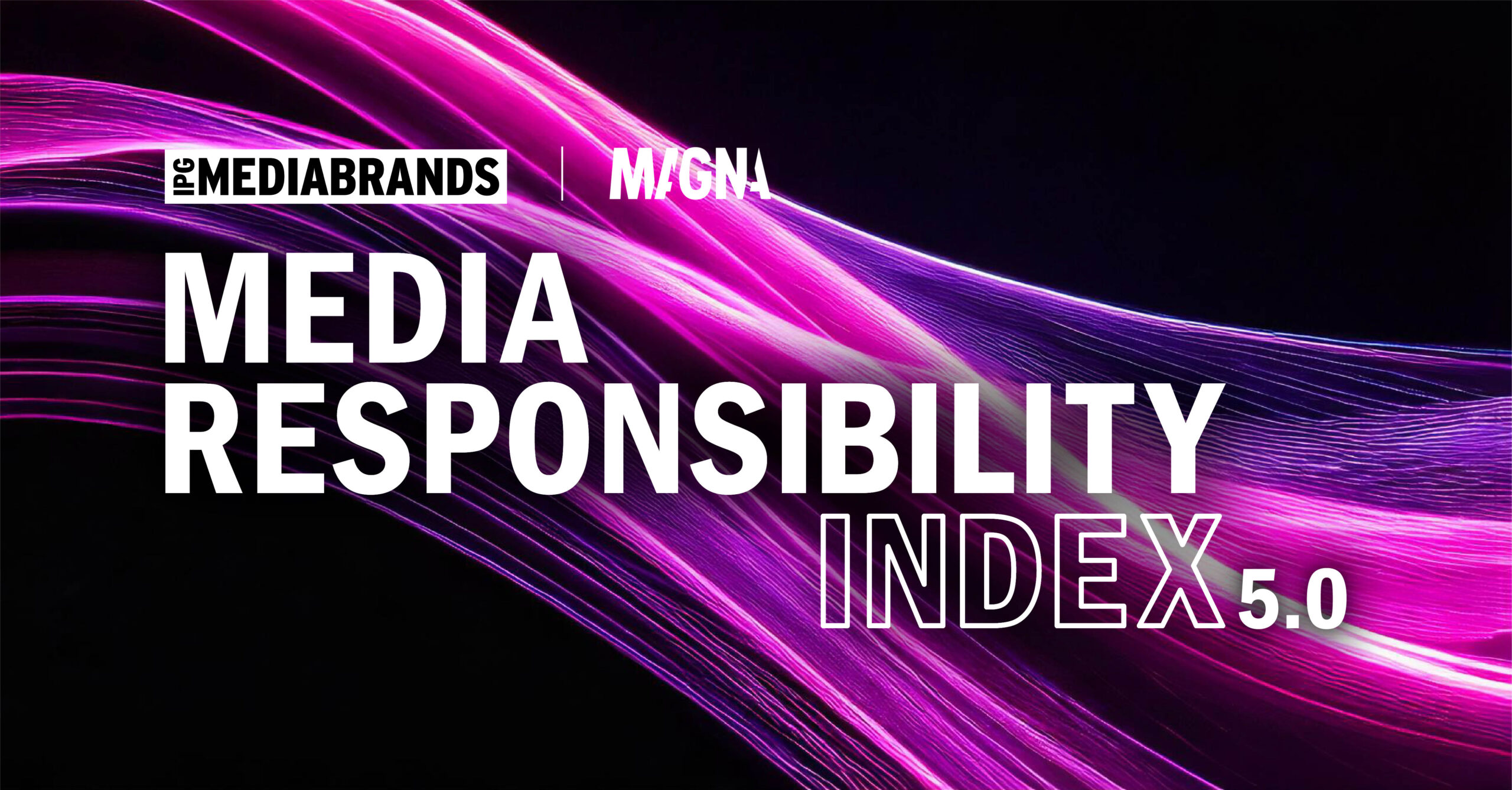
“We have seized the opportunity to further our Media for Good efforts, which are focused on making a positive impact within and beyond our holding company, by introducing an impactful, robust assessment that helps to create a culture of accountability and transparency in the media landscape,” said Eli Harris, EVP of Impact Investment at IPG Mediabrands. “With each new report we have seen the measurable impact of the work we do together with our media and industry partners, all of whom are committed to this shared goal of media responsibility.”
Leigh Terry, CEO IPG Mediabrands APAC commented, “The Media Responsibility Index is a testament to IPG Mediabrands’ commitment to creating a safer and more responsible media ecosystem. By expanding the MRI to include programmatic platforms, we are taking a crucial step towards ensuring that all aspects of digital advertising are held to the highest standards of transparency and accountability. This is a critical moment for our industry, and we are proud to be leading the charge towards a future where brands can confidently invest in media that reflects their values and protects their audiences.”
Programmatic Recommendations
- Go beyond basic measures to avoid made-for-advertising (MFA) inventory, such as classifications.
- Achieve industry alignment on a standardized definition of what MFA sites are.
- Act on removing all advertising that runs across MFA sites, as currently only some SSPs do this automatically.
- Improve communication to advertisers to raise awareness of safety measures like categorization and opt-out.
Progress by Social Platforms
How Advertisers Can Influence Media Responsibility
- Advertisers can lead the charge on improving safety standards for emerging threats.
- With a heavy Gen Z presence on social media, and Gen Alpha quickly coming of age, advertisers could encourage platforms to design specific young user experiences, given these exist sparingly today.
- Advocate for mental health and wellbeing, and combat misinformation, by calling on platforms to verify the accuracy and safety of information shared in online mental health communities.
- Moderators are a key element of building responsible media practices, and advertisers could encourage social platforms to publish diversity statistics on their human moderators in an effort to ensure inclusive representation and best reflect the audiences engaged.
- Climate misinformation is the trickiest type of content to identify, yet some platforms still don’t have a policy to demonetize climate mis/disinformation or greenwashing policies. Overall, advertisers have an opportunity to encourage platforms to consider sustainability best practices in their media responsibility efforts.